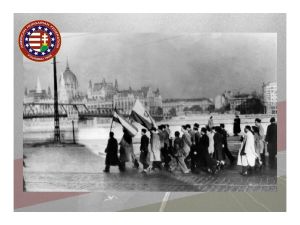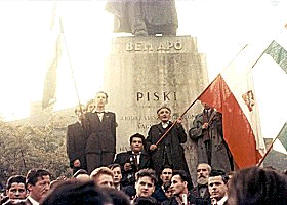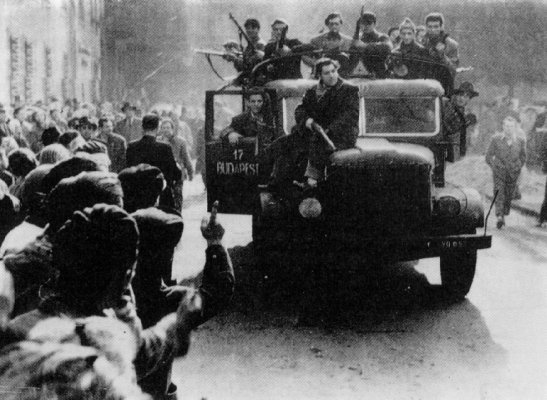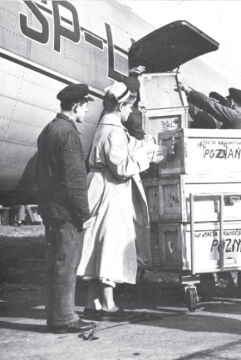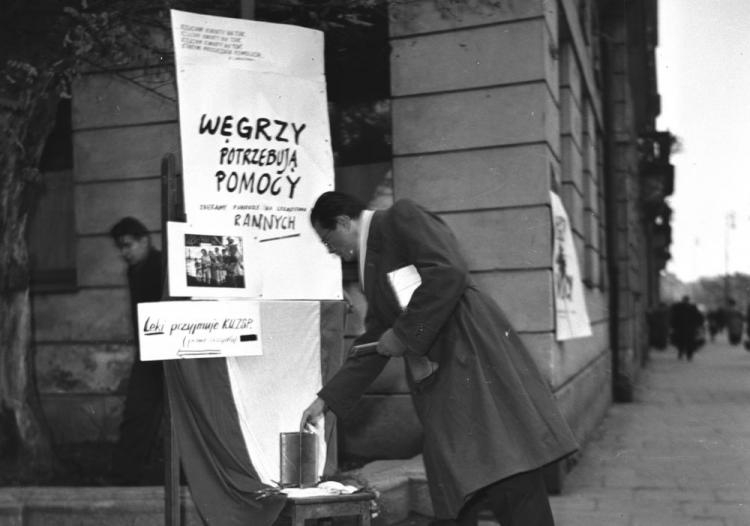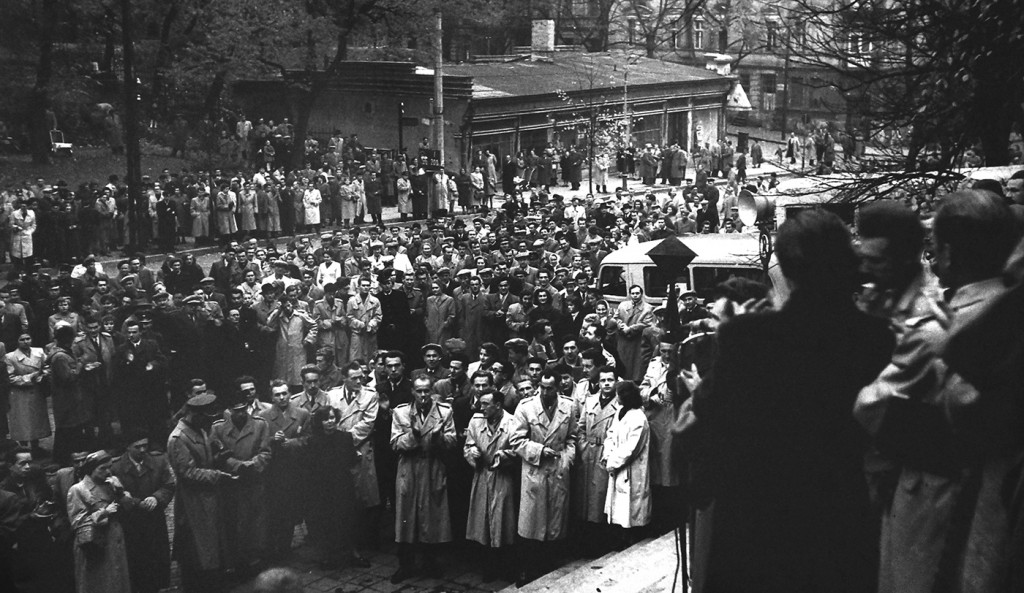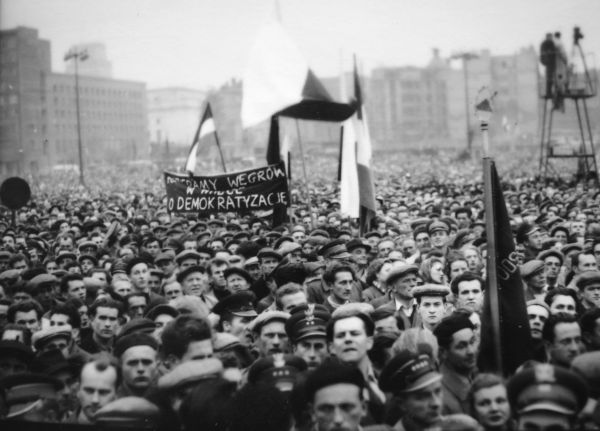Post by Bonobo on Oct 2, 2016 16:56:18 GMT 1
One of Hungarians who should stay in dear memory of the Polish nation is Prime Minister, Pal Teleki and his compatriots at the time of WW2. He is a very controvercial figure in Hungary as he greatly contributed to the Holocaust there. However, his attitude towards Poles is praiseworthy.
On 24 August 1939, Nazi Germany and the Soviet Union signed the Molotov-Ribbentrop Pact which among other things stipulated the Soviet Union's long-standing "interest" in Bessarabia, Romania. One week later, on 1 September 1939, Germany invaded Poland. It demanded use of the Hungarian railway system through Kassa, Hungary, so that German troops could attack Poland from the south. Hungary had traditionally strong ties with Poland, and Teleki refused Germany's demand. Regent Horthy told the German ambassador that "he would sooner blow up the rail lines than to participate in an attack on Poland."[10] Hungary declared that it was a "non-belligerent" nation and refused to allow German forces to travel through or over Hungary. As a result of Teleki's refusal to cooperate with Germany, during the autumn of 1939 and the summer of 1940 more than 100,000 Polish soldiers and hundreds of thousands of civilians, many of them Jewish, escaped from Poland and crossed the border into Hungary. The Hungarian government then permitted the Polish Red Cross and the Polish Catholic Church to operate in the open.[11] The Polish soldiers were formally interned, but most of them managed to flee to France by spring of 1940, thanks to indulgent or friendly attitude of officials.
en.wikipedia.org/wiki/P%C3%A1l_Teleki
On 5 April 2004, the statue was finally placed in the courtyard of the Catholic Church in the town of Balatonboglár on the shore of Lake Balaton.[53] Balatonboglár had during World War II been host to thousands of Polish refugees who opened in that town one of only two secondary schools for Poles in Europe during 1939–1944. They credited Teleki with opening Hungary's borders to them and named a street in Warsaw for him after the war ended.[54] In 2001 he was posthumously awarded Commander's Cross with Star of the Order of Merit of the Republic of Poland.[55]

On 24 August 1939, Nazi Germany and the Soviet Union signed the Molotov-Ribbentrop Pact which among other things stipulated the Soviet Union's long-standing "interest" in Bessarabia, Romania. One week later, on 1 September 1939, Germany invaded Poland. It demanded use of the Hungarian railway system through Kassa, Hungary, so that German troops could attack Poland from the south. Hungary had traditionally strong ties with Poland, and Teleki refused Germany's demand. Regent Horthy told the German ambassador that "he would sooner blow up the rail lines than to participate in an attack on Poland."[10] Hungary declared that it was a "non-belligerent" nation and refused to allow German forces to travel through or over Hungary. As a result of Teleki's refusal to cooperate with Germany, during the autumn of 1939 and the summer of 1940 more than 100,000 Polish soldiers and hundreds of thousands of civilians, many of them Jewish, escaped from Poland and crossed the border into Hungary. The Hungarian government then permitted the Polish Red Cross and the Polish Catholic Church to operate in the open.[11] The Polish soldiers were formally interned, but most of them managed to flee to France by spring of 1940, thanks to indulgent or friendly attitude of officials.
en.wikipedia.org/wiki/P%C3%A1l_Teleki
On 5 April 2004, the statue was finally placed in the courtyard of the Catholic Church in the town of Balatonboglár on the shore of Lake Balaton.[53] Balatonboglár had during World War II been host to thousands of Polish refugees who opened in that town one of only two secondary schools for Poles in Europe during 1939–1944. They credited Teleki with opening Hungary's borders to them and named a street in Warsaw for him after the war ended.[54] In 2001 he was posthumously awarded Commander's Cross with Star of the Order of Merit of the Republic of Poland.[55]








